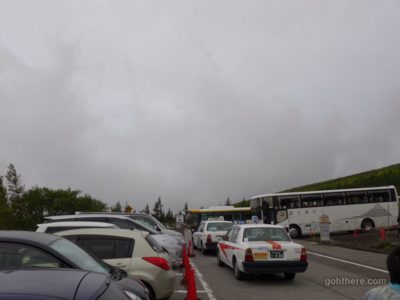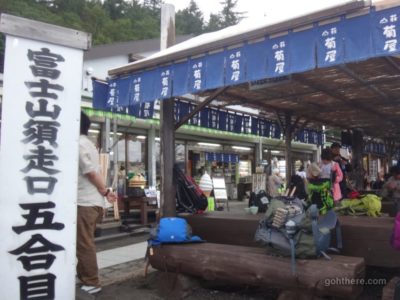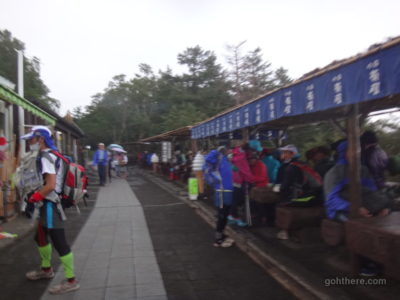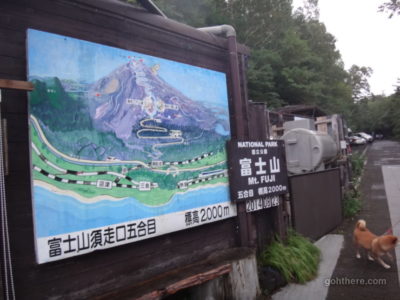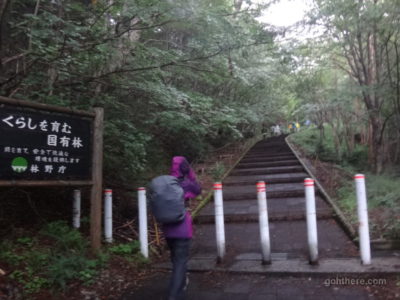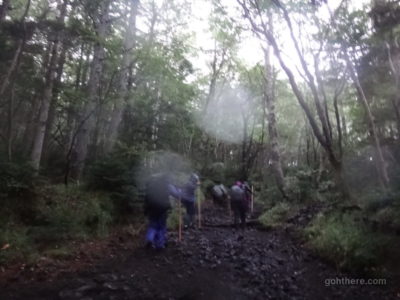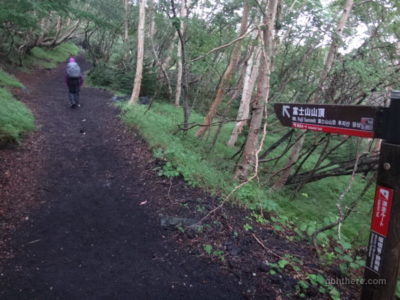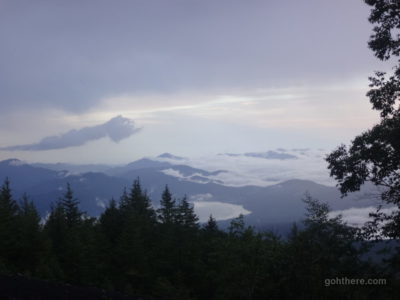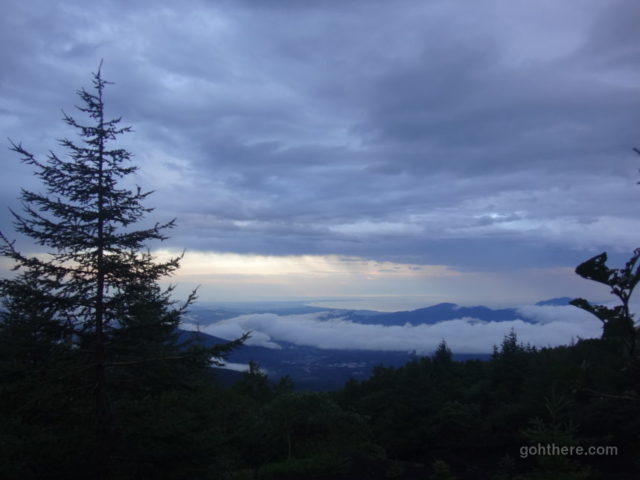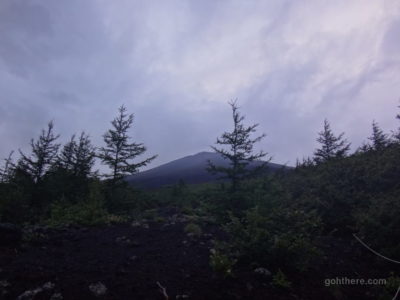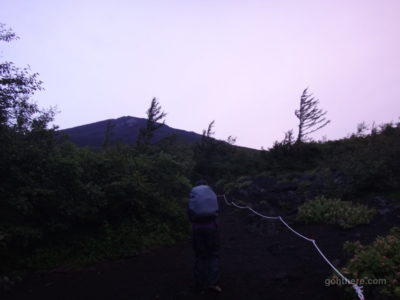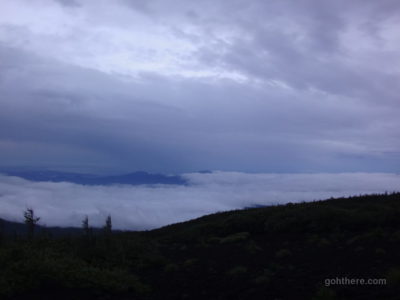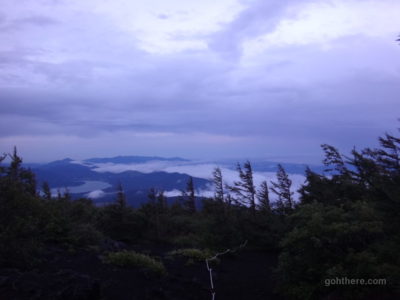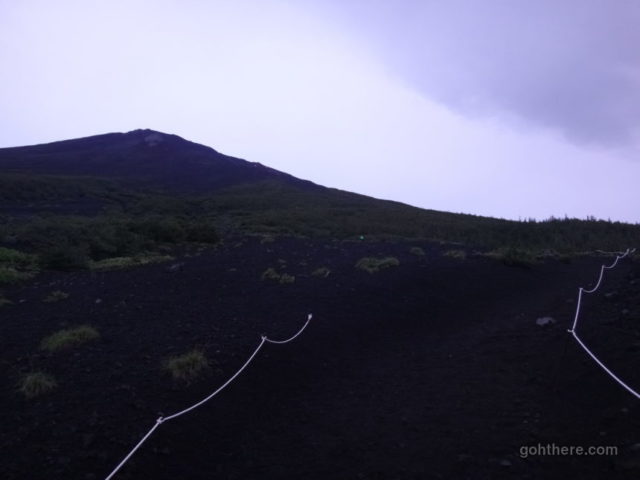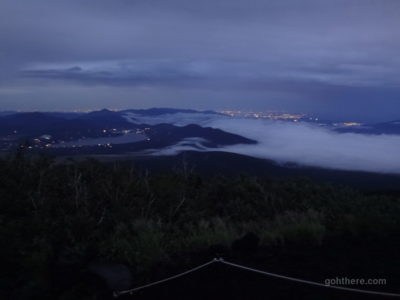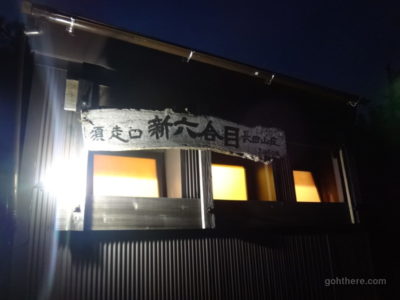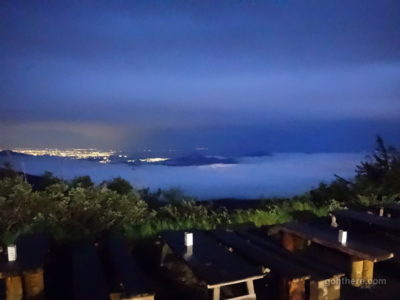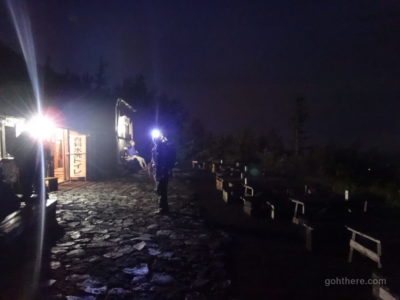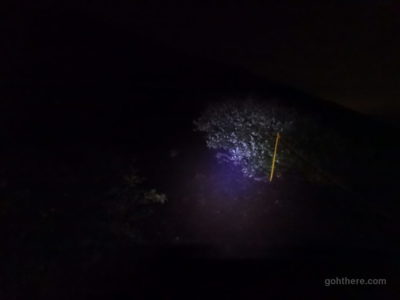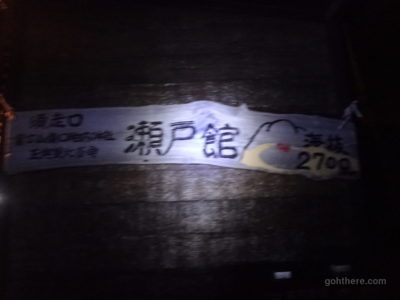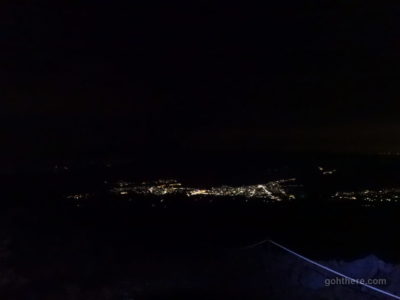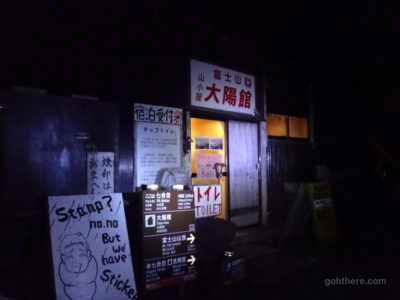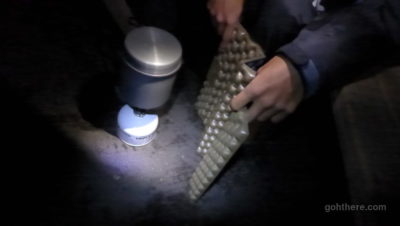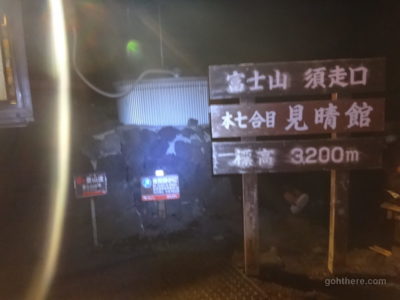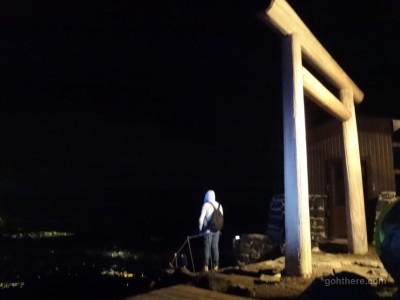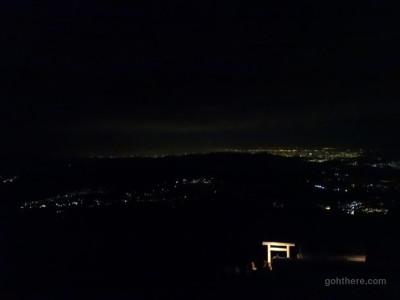There is an old Japanese saying commonly translated to English as “a wise man climbs Mount Fuji once, a fool climbs it twice”. Though literally, it’s rather “it would be a fool not even climbing it once, (but) it would (also) be a fool climbing it twice” (一度も登らぬ馬鹿、二度登る馬鹿). So you wouldn’t necessarily be “wise” to climb it once, but at least you can avoid being a fool.
Preparation
Regardless, this would be me climbing Mount Fuji the second time. It was almost 10 years ago when I first climbed it, and mandatory boxes were checked – getting to the top, and seeing the sunrise. But it wasn’t at all an enjoyable experience due to lack of preparation. I was sure that if doing it a second time I’d do better. Shouldn’t we be wiser the second time?
So the preparation – it’s not so much the physical. Some physical demand yes, but overall it’s just like walking up a long steep slope. Take it slow and steady and that’s it. The preparation is warm clothing – everything else is secondary.
(OK, water etc are also important but these should be common sense; and of course it would be nice to bring a gas burner to make some hot drinks but that’s optional)
Mount Fuji climbing season is around the summer months in July and August. Temperature during that time in Tokyo and places near Fuji easily goes above 30 deg C, and you get used to feeling the sweltering heat is unpleasant, and “forget” what cold feels like, that it can be equally unbearable. There’ll get a sharp reminder once you ascend above 2000 metres, and higher, when it can approach zero. In particular, when doing the typical itinerary which is a night ascent followed by waiting for the sunset, much of the time would be spent outside in a freezing night. It’s necessary to treat it as a winter outing.
There’s another thing to prepare for to make the descent much more pleasant, which I will mention later.
Climbing Routes
There are 4 climbing routes, and here are my subjective opinions of them:
- Fujinomiya (富士宮) Route: Climbing from the south. Its 5th station (accessible by bus) is on the highest altitude compared to those of the other routes, and the distance to the top is also the shortest, so this is suitable for a late start and quick climb. Though this also means the ascent is a bit tougher than the others (but this “tougher” is jus relative – this is the route I took for my first climb without doing much research beforehand and I thought it was fine). This route is also more accessible, in terms of transport links, for people coming from western Japan, but I wouldn’t say it’s a deciding factor if you just need to travel a bit longer to another route. The main disadvantage of this route is, due to its location, you cannot see the sunrise if you’re half way on it. You have to make it to the top before that.
-
Yoshida (吉田) Route: This is the most popular one. As in, I recall hearing somewhere that some 70% people take this route. One (main?) reason is it’s closest to Tokyo, with frequent express buses, and a large parking lot for those who drive. Again, these I think shouldn’t really be the deciding factor. There’s also another reason that it has the most number of mountain huts along the route, so supposedly easier to get a place to stay overnight – something at a premium during the climbing season. But then, don’t forget also most people take this route. So is it easier to get a place? I’m not sure. Either way, I didn’t plan to stay in a mountain hut, and if anything I would rather avoid crowds. Unlike the Fujinomiya Route though, as this route is on the northeast, you can see the sunrise at whichever point on it. There is no rush to get to the top.
-
Subashiri (須走) Route: In terms of distance this is the third longest of the four. So compared to the Fujinomiya you have a more gradual ascent, and it also goes through more varying landscapes than the others, from woodlands, volcanic ashes to lava rocks, so generally more interesting than the others. Like the Yoshida Route this is also on the east, so sunrise is visible at any point. And what seals the deal on top of all that, is it is much less crowded than the other two, as most people prefer to take the quick routes. Unfortunately, Subashiri Route actually merges with Yoshida Route from the 8th station on, so you’d be back with the crowd again eventually.
-
Gotemba (御殿場) Route: This is the longest of the four. Quite a lot longer. Very few people climb from this route as, I presume, it takes too long compared to the others. But it’s popular as the return downhill route, as it has a large stretch of volcanic sand that you can run down quickly. This is the return route I took for my first climb. Subashiri Route also has a similar downhill route (up and down route are not the same), though the trail is much narrower and a bit steeper than Gotemba.
Going Up
Our plan was to take the Subashiri Route both ways. Starting early evening, reaching 8th or 9th Station, and staying there until sunrise. It’s intentional not going to the top straight away, as it would be more crowded and colder to spend the long wait there. As mentioned, the sunrise view is pretty much the same once above the higher stations. We would then continue to the top after daybreak, and it should be getting warmer by then.
Transport wise, it’s train from Tokyo to Gotemba, followed by bus going all the way to the Subashiri 5th Station at 2000 metres.
- Bus stop at the Subashiri Route 5th Station. Weather not looking good, with occasional flashes of lightning. But weather forecast promised it would become better.
- Shops and rest area
- Many hikers getting ready. But still this was nothing compared to the busier routes.
- 5th Station at 2000 metres.
- Trail head. We set off in the rain.
- Rain getting heavier; lens also getting wet.
- Lots of signs on the way, no worry about getting lost.
- Almost above tree line. Rain clouds dispersing, we could take off our hoods.
- Summit in sight!
- The route was so enjoyably quiet, in particular when considering this was a weekend at the peak of the Fuji climbing season.
- Getting dark. Cities from afar were lighting up.
- “New” 6th Station. Not quite the actual 6th Station yet.
- Rest area with a nice view.
- Once back to the trail it was completely dark. Headlamp is essential. (ok, you can use a torch – as I did in my first climb)
- 2700m now.
- Mountain hut at the 7th Station, 3090m.
- Time to cook some food to warm up. The wind was so strong so had to block it to keep the fire steady.
- Some people did come up in just hoodie and jeans!
- Between 7th and 8th station, just about midnight.
